
Zimbabwean cuisine is a colourful mix of tastes, customs, and ingredients that reflects a lot of cultural history. Zimbabwean cuisine is a colourful mix of tastes, customs, and ingredients that reflect a lot of cultural history. From hearty stews to flavourful side dishes, Zimbabwean food showcases a blend of traditional ingredients, vibrant spices, and cooking techniques passed down through generations. This guide will take you on a culinary adventure to find the best 10 Zimbabwean foods, explore what makes them special. Get ready to be amazed by the wide range of flavourful dishes from Zimbabwe, whether you are a food enthusiast eager to explore new flavours or someone looking to enhance their experience.
Why is Zimbabwean food a flavour sensation?
Several things make Zimbabwean food unique, including the focus on locally obtained, fresh ingredients; the use of clay pots and slow cooking techniques; and the intriguing blending of native spices with colonial influences. Things that make Zimbabwean food a flavour sensation are the following:
Fresh & Local Ingredients
- Rich and Diverse: Fresh, in-season food is abundant in Zimbabwe due to its diverse climate and habitats. This comprises various easily accessible fruits, vegetables, and grains that give the food distinctive tastes.
- Sustainable Practices: Zimbabwean cuisine encourages sustainable food practices and helps local farmers and communities by using items that are acquired locally.
Traditional Cooking Method
- Enhancement of Taste: Open-fire grilling adds a smoky taste to food, while moderate cooking enables flavours to blend and intensify. Using a clay pot improves the natural taste of the ingredients and helps keep the dish moist.
- Cultural legacy: The generations-old cooking methods passed down have preserved Zimbabwe's culinary legacy and cultural customs.
A Fusion Of Indigenous & Colonial Influences
- Distinct flavour profiles: By combining indigenous cooking techniques with British and Portuguese immigrants' culinary influences, a distinctive fusion of tastes and cooking techniques has been produced, resulting in meals that are both recognisable and distinctively Zimbabwean.
- A Diverse and Rich Gastronomic Tapestry: The country's complex history and cultural legacy are reflected in this rich and varied gastronomic tapestry, which is the result of this blending of influences.
British Influence on Zimbabwean Cuisine
The people of Zimbabwe have adopted certain English traditions since the nation was settled by the British. For example, even though most people eat porridge for breakfast, they still drink midday tea, often referred to as 10 o'clock tea. People typically eat sandwiches, freshly boiled sadza, or leftovers from the previous night for lunch. People often offer tea around four o'clock before supper, following lunch. It is not unusual to drink tea after supper.
Portuguese Influence on Zimbabwean Cuisine
Because the Portuguese brought peanuts to Zimbabwe in the 16th century, Portuguese food is incorporated into Zimbabwean cuisine. Consequently, peanuts are included in the majority of Zimbabwean dishes. People rely on staple foods, including maize, cassava, millet, pumpkin, and yams, in addition to these cuisines.
Zimbabwean Cuisine: Top 10 Dishes
These dishes highlight the essence of Zimbabwean cooking, whether they are consumed at home, at festivities, or in daily life. Every dish, from savoury appetisers to substantial stews, has a distinctive story.
Sadza: The Heart Of Zimbabwean Cuisine
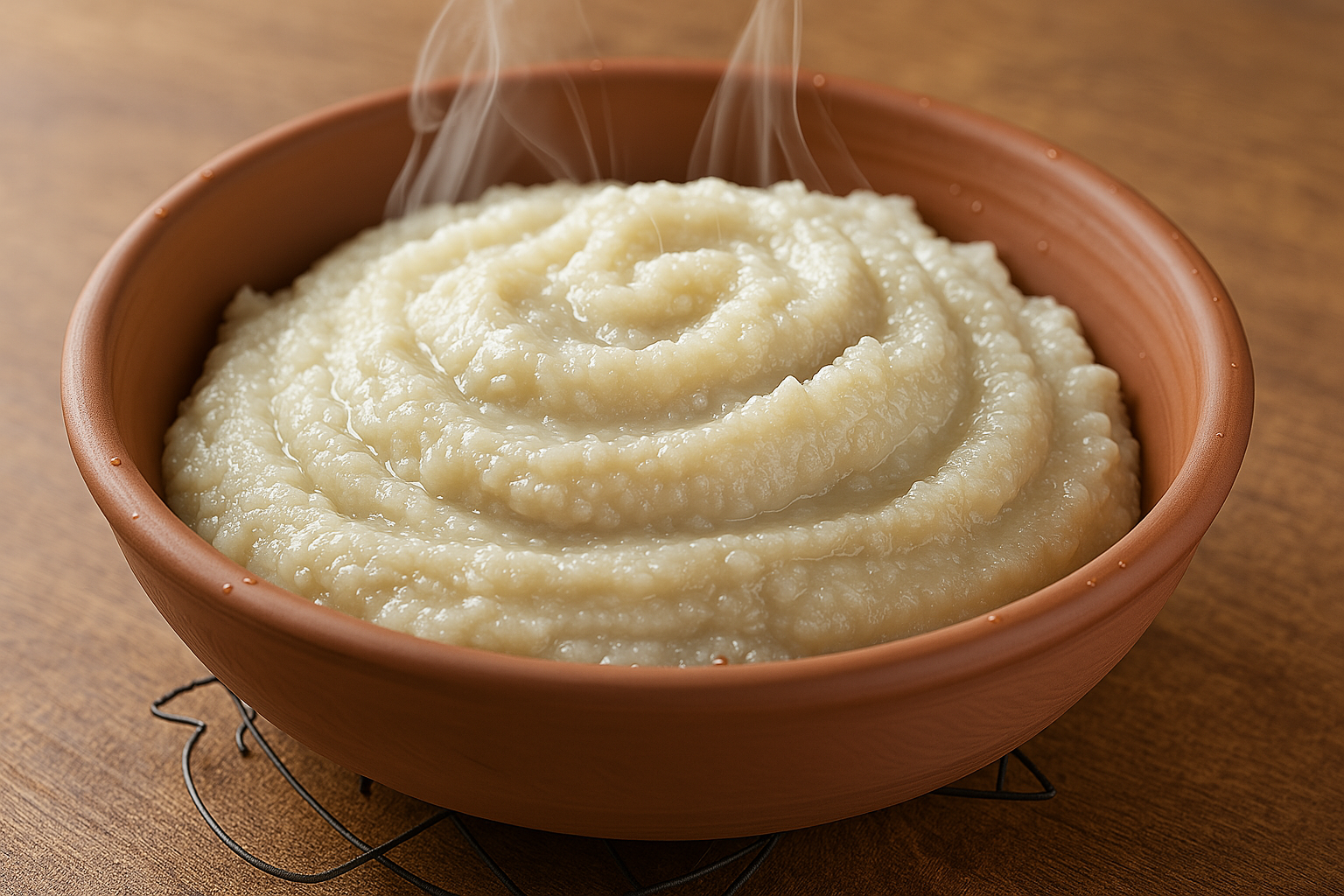
It would be impossible to describe Zimbabwean cuisine without bringing up Sadza. All meals start with this maize porridge, called the "heart" of the cuisine. The meal goes well with both veggies and meat. Because it is shared across the community, Sazda fosters peace and fortifies ties within it.
↪ History and Preparation of Sadza
For ages, sadza has been a staple food. The Miase meal is added to hot water and stirred gently until it thickens to a comfortingly smooth consistency. This cooking technique is a custom that has been handed down through the years, with each family contributing their own unique touch.
↪ Nutritional Value and Versatility
Sadza is a fantastic source of energy and is high in carbs. Its adaptability makes it a staple at every Zimbabwean table, going well with everything from fresh salads to substantial stews.
Nyama Choma (Meat Dishes)
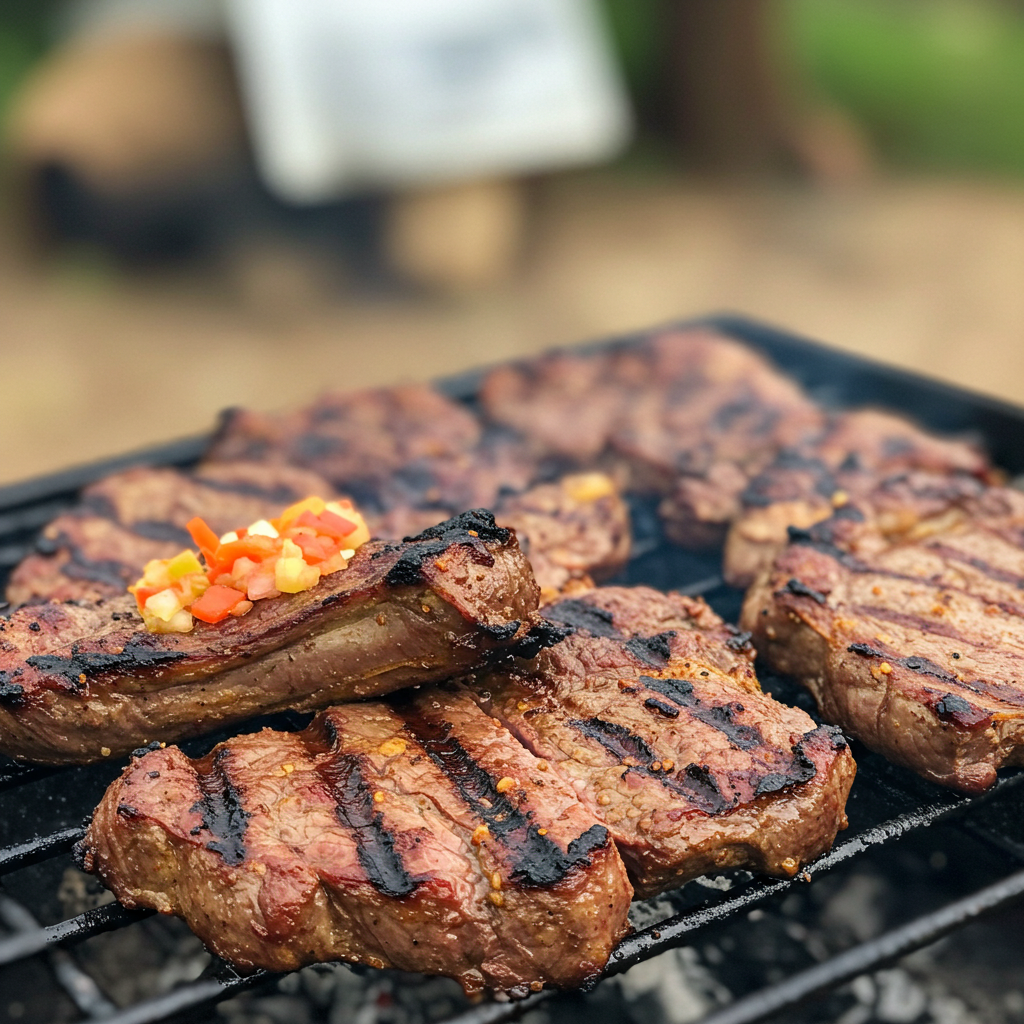
In Zimbabwean cuisine, meat plays a prominent role, and Nyama, or simple meat dishes, often take centre stage at feasts and festivals. Nyama choma is a technique for slow-grilling different kinds of meat over an open flame. The method has been used for many generations, enabling the meat to cook through and imparting the smoky aroma that characterises Zimbabwean cooking.
↪ Nyama Choma Cooking Techniques and Popular Cuts
Zimbabweans like to use cuts of meat that are high in taste and texture while grilling, stewing, and braising. Every kind of meat, from succulent beef to mouthwatering goat meat, is marinated in a mixture of herbs and spices before being cooked to perfection. Imagine the utter joy of a celebratory barbecue—the sizzling sizzle of meat on an open grill!
↪Flavorful Marinades and Traditional Recipes
The marinades are what make Zimbabwean meat dishes so magical. A blend of regional spices, garlic, and sometimes even a dash of regional beer transforms every mouthful into a taste explosion. Over time, traditional recipes have been improved, guaranteeing that every meal is both tasty and unforgettable.
Muriwo Unedovi: Greens with Peanut Butter
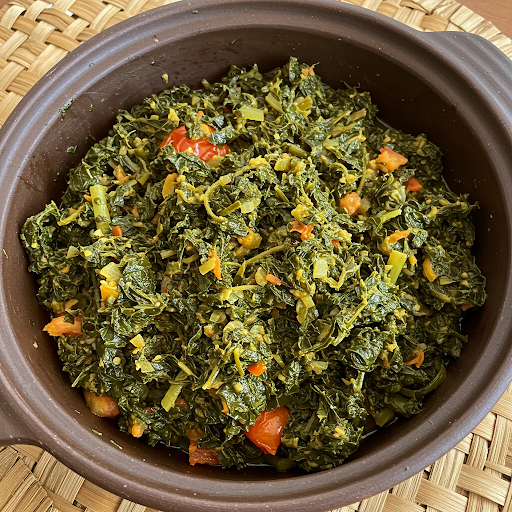
Muriwo Unedovi is one of the tastiest and healthiest foods in Zimbabwe. A creamy peanut butter sauce and lush green veggies combine in this classic meal to create a sweet and spicy gastronomic experience that tantalises the senses.
↪Flavor Profiles and Serving Suggestions
The creamy, nutty flavour of the peanut butter is well complemented by the earthiness of the greens, making for a filling and nourishing meal. People often serve it as a side dish with sadza, which enhances the dish's colour and taste.
↪ Health Benefits and Nutritional Facts
The meal is rich in minerals, vitamins, and beneficial fats. In addition to being tasty, muriwo unedovi is also very nourishing. A balanced complement to any meal, peanut butter increases the protein content. How could something so basic be so beneficial to you?
Kapenta
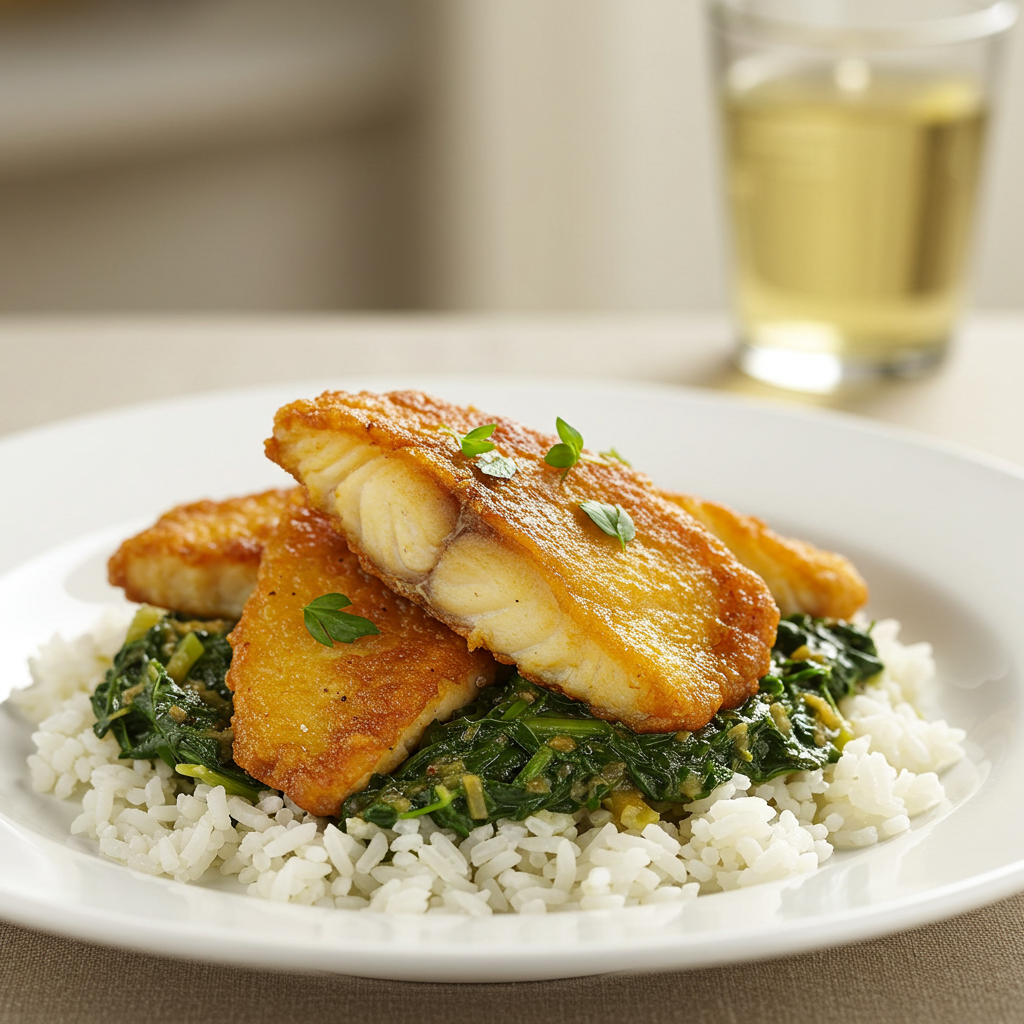
Kapeta is a little fish that is rich in nutrients and taste. These little fish are popular appetisers and side dishes in Zimbabwe, where they are often dried and then fried. As tigerfish food, they were first brought to Lake Kariba in the 1950s. As an alternative, the kapenta fish may be prepared in a tomato-and-onion sauce, which enhances its inherent flavour.
↪ Nutritional Advantages and Methods of Preparation
Kapenta is a nutritious complement to any meal since it is high in protein and omega-3 fatty acids. The taste is concentrated throughout the drying process, and it becomes an enticing treat—like a natural protein bar—when it is fried to crispy perfection.
↪ Regional Differences
A real staple in Zimbabwe, kappenta is a little fish with a great taste. What is interesting, however, is how each location cooks it in its own way. In one location, the kapenta meal could be served with a touch of lemon, while in another, it might be laced with a unique combination of regional spices. Every kapenta experience seems novel and thrilling because of this sort of culinary innovation; you never know what delectable surprise you will find next!
Mapopo Candy: A Sweet Zimbabwean Treat
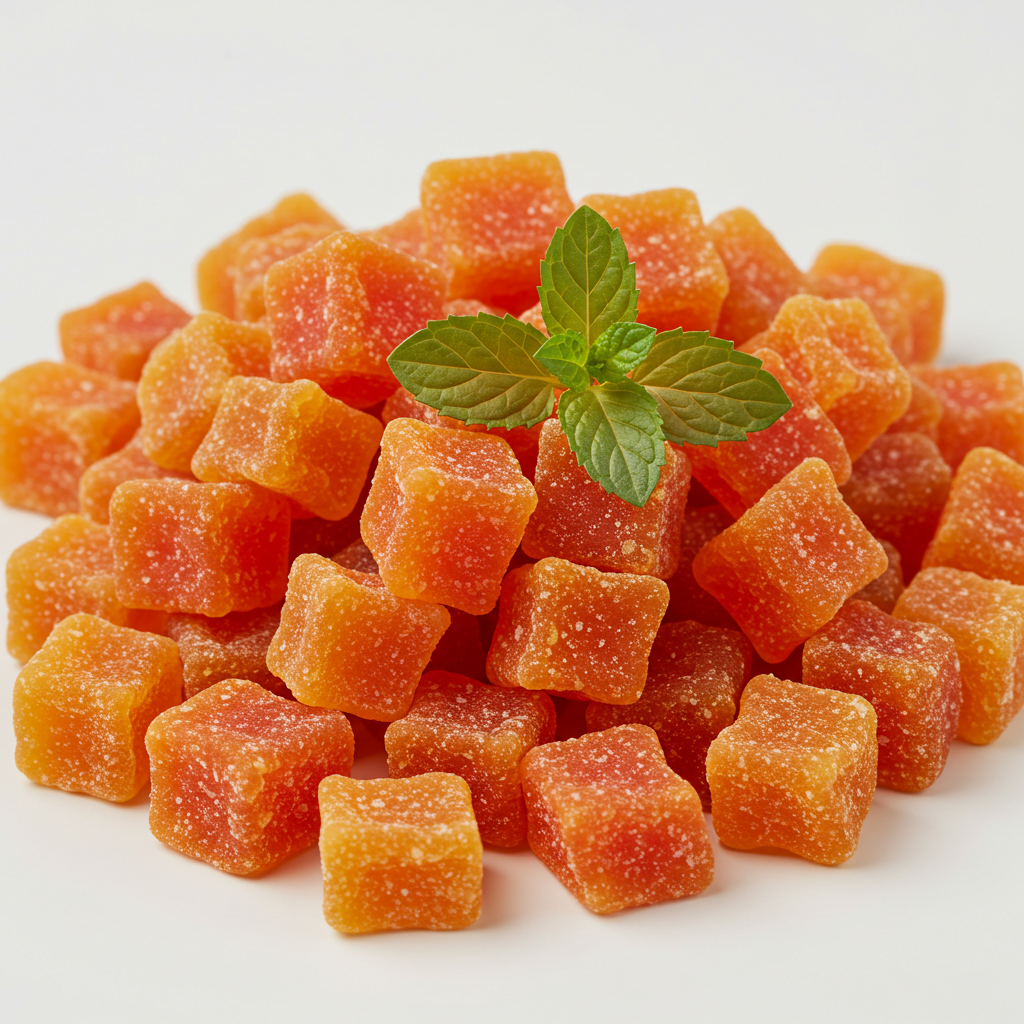
A popular Zimbabwean confection that demonstrates the nation's ingenuity and fondness for sweet tastes is mapopo candy. Made with sugar, papaya (called mapopo in the local dialect), and a little lemon and mint, this chewy candy is a wonderful way to enjoy the sunlight of Zimbabwe.
↪ Origins & Evolution of the Dish
Mapopo candy has a long and illustrious history; it has been prepared from papaya fruit for many generations. The recipe has changed throughout time to include contemporary elements while maintaining its classic appeal.
↪ Contemporary Takes on a Traditional Dessert
These days, Mapopo Candy comes in various forms, ranging from chewy candies to more upscale, gourmet varieties. It is a beloved dessert that goes well with any meal because of its sweet, tangy taste. Pure joy! Picture the explosion of tropical tastes melting on your lips!
Chicken Stew (Huku)
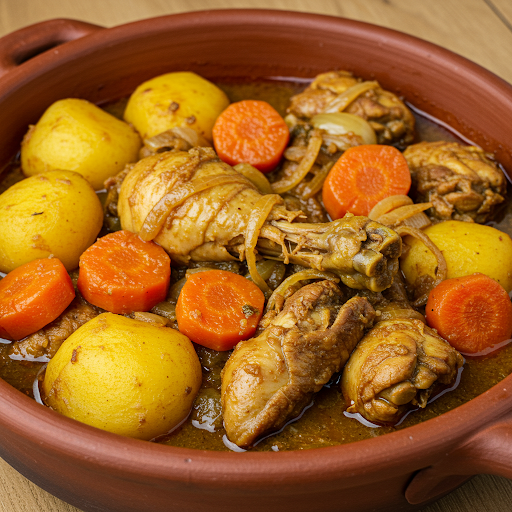
A popular Zimbabwean meal that perfectly captures the nation’s rich culinary legacy is huku, or chicken stew. A mainstay in many Zimbabwean homes, this filling and aromatic stew is often consumed at special events and get-togethers.
↪Local Spices and Slow-Cooking Techniques
Patience is the key to a tasty chicken stew. Using a variety of regional spices when slow-cooking the chicken guarantees that each bite is flavoured. It's similar to giving your food a big, comforting embrace on a cold night.
↪ Recipes and Family Traditions
A family ritual, chicken stew is more than simply a meal. Each generation has added their own special touch to it as it has been handed down through the generations. This recipe perfectly captures the warmth and passion for eating among Zimbabweans.
Biltong – Zimbabwe’s Favorite Dried Meat Snack
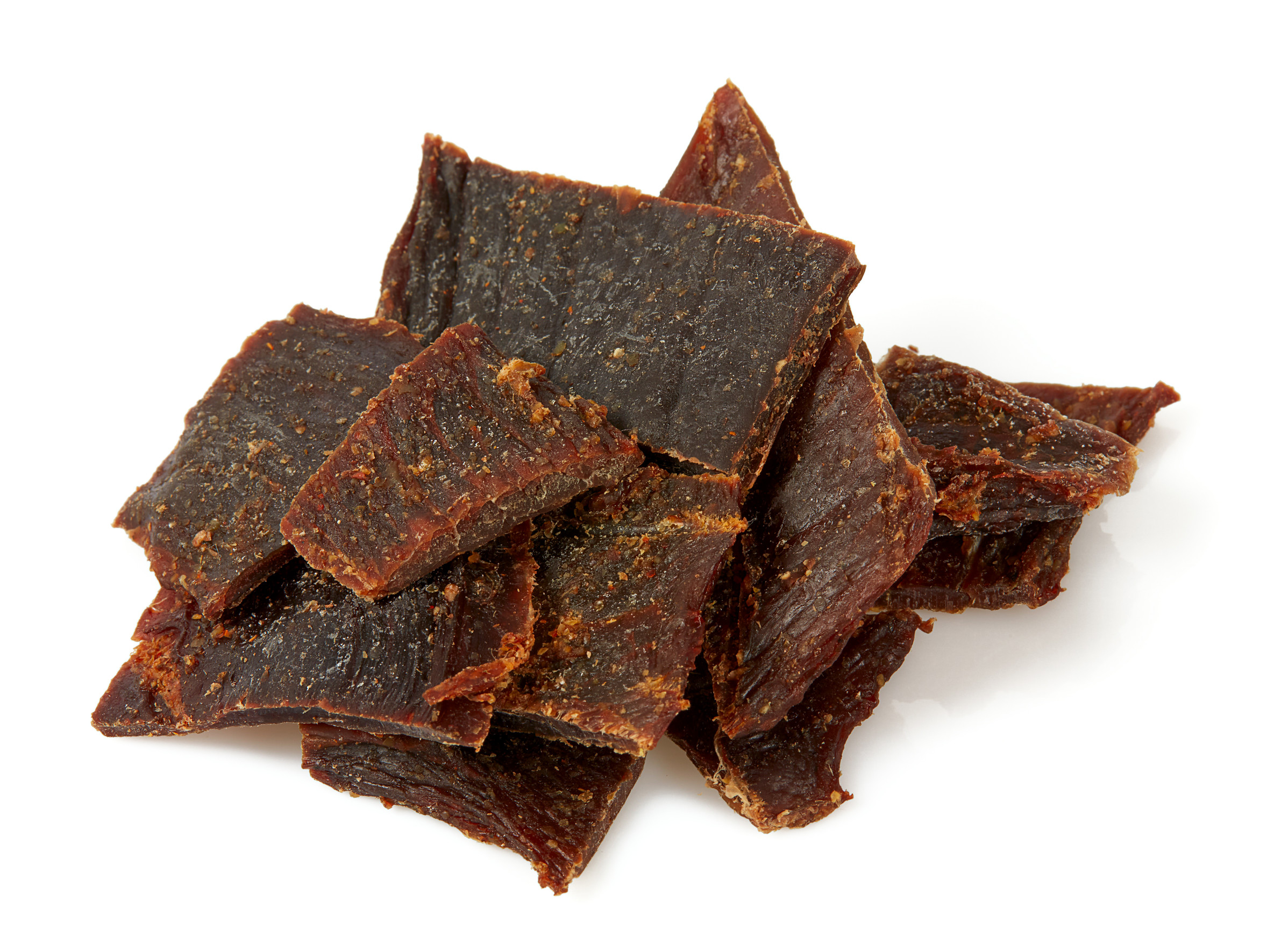
A beloved dried beef delicacy that has won over many people’s hearts is biltong. It contributes to Zimbabwean cuisine's glorification of meat. It is a beloved dessert that can be eaten on its own or as a part of a bigger meal because of its rich, intense taste and pleasant crunch.
↪ Cultural Origins and History
Biltong has long been a component of Zimbabwean cuisine, much like its cousin jerky in other areas of the globe. Its origins stem from the pragmatic need to preserve meat in a heated environment. It began as a preservation technique and developed into a delectable snack that is today associated with outdoor feasts and Zimbabwean hospitality.
↪ Methods of Preparation
Strips of meat, often game or beef, are marinated in a combination of salt, vinegar, and regional spices to make biltong. The meat is air-dried after marinating to get the ideal texture—firm yet tender—and a strong taste that becomes stronger with every mouthful. This method combines culinary creativity with tradition.
↪ Nutritional Advantages and Taste
For those seeking a tasty and nutritious snack, biltong is a great choice since it is high in protein and low in fat. The inherent tastes of beef are enhanced by the drying process, which provides a savoury, umami-rich, and invigorating experience.
Mopane Worms: A Protein-Packed Treat
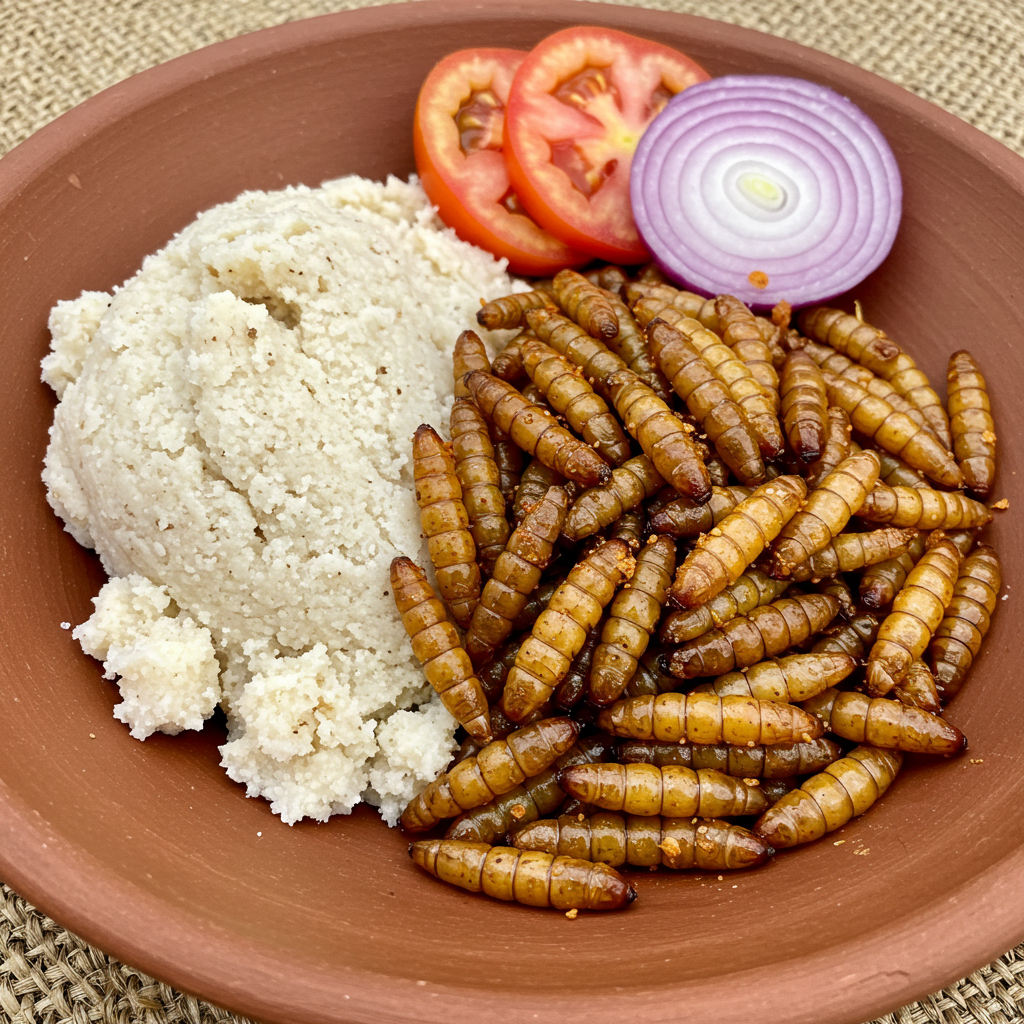
In southern African cuisine, mopane worms, also known as madrona or macambi, have a unique position. Harvested from mopane trees, these caterpillars are an important source of food and revenue for nearby people, illustrating the area's distinct biological and cultural links to the soil.
↪ Historical Foundations and Cultural Significance
For ages, mopane worms have been used in Zimbabwean cooking. They have cultural significance in many societies and are a necessary source of protein. They were traditionally regarded as a gift from nature and gathered during certain seasons.
↪ Methods of Preparation and Nutritional Information
Usually, people dry, rehydrate, stew, or fry the worms before cooking them. They are a nutritional powerhouse since they are high in protein, iron, and other vital elements. Consider these to be the small, crunchy protein nuggets found in nature!
Zimbabwean Chibage (Corn-based Dishes)
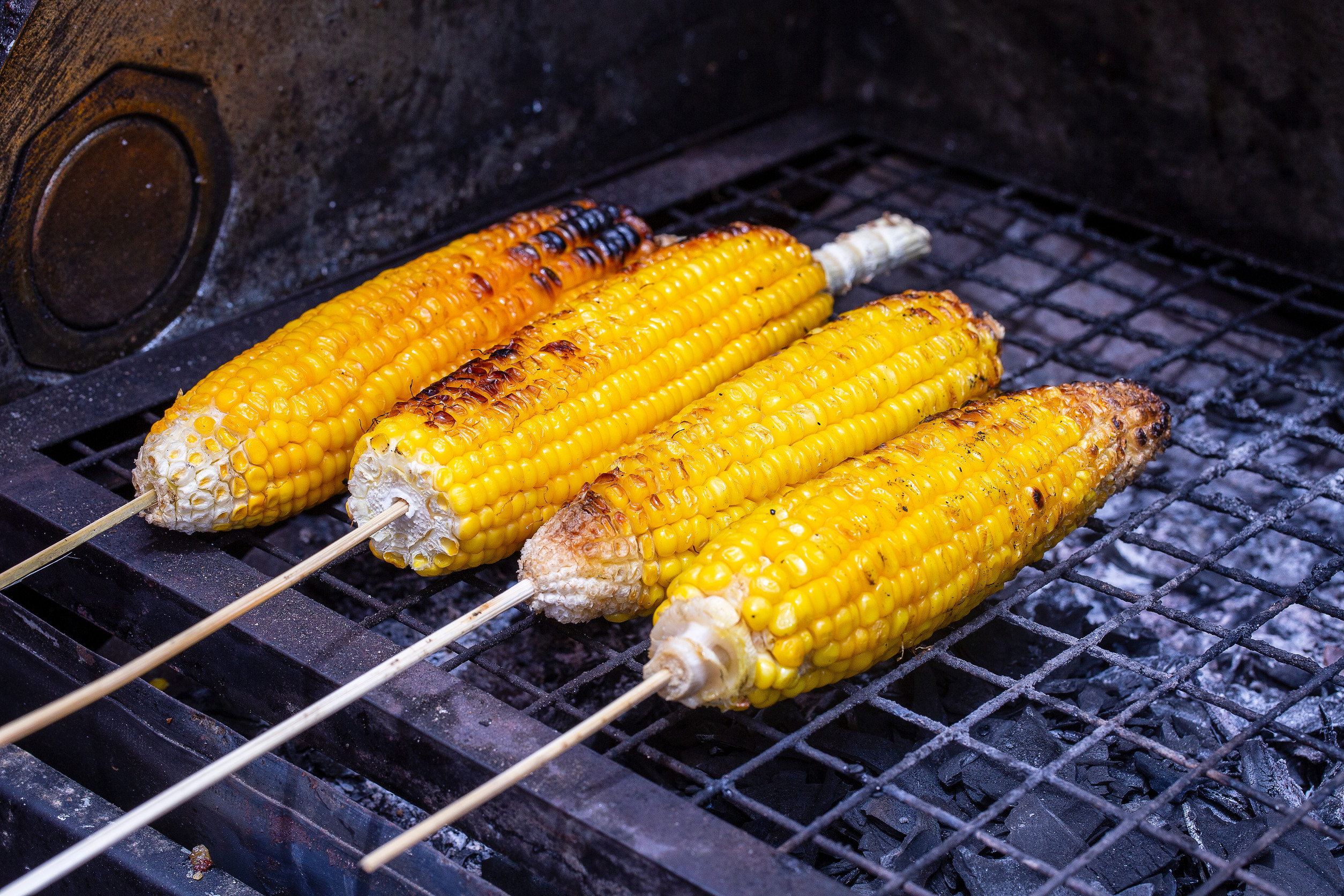
A popular street food dish during the summer months when corn is harvested is chillibage, which is made with roasted corn that has been roasted and slightly charred over an open flame to give it a smoky flavour.
In Zimbabwean cuisine, maize is a staple ingredient in everything from savoury porridge to fried snacks. Corn's adaptability is unparalleled; it may be used as the foundation for sadza or as a crispy street snack.
↪ Differences and Styles of Serving
Dishes made with maize are prepared differently in different parts of Zimbabwe. Some people use it as a side dish for meat stews, while others incorporate it with beans. Every corn enthusiast can always find something fresh to enjoy thanks to the diversity!
Banana Fritters

Banana fritters are a common dessert or snack in Zimbabwe and several other Southern African countries. They are prepared by mashing ripe bananas and then combining them with sugar, flour, and a dash of salt. The batter is then cooked in hot oil until the inside is still soft and delicious, but the exterior is golden and crispy. Usually served warm, the fritters are suitable for breakfast, a snack, or a dessert.
↪ History of Zimbabwean Banana Fritters
Around the globe, banana fritters, also referred to as "akara bananas," are a common snack. They probably arrived and were incorporated into Zimbabwean cuisine because of their broad appeal. Made with basic components like flour, sugar, and occasionally mashed bananas, they demonstrate the fruit's flexibility.
↪ Nutritional Value
Because they contain bananas, banana fritters are a beneficial source of potassium and carbohydrates. But because they are fried, they contain more fat and calories than fresh bananas. As part of a well-balanced diet, it is best to consume them in moderation.
Most Commonly Asked Questions
Can I obtain ingredients from Zimbabwe outside of Zimbabwe?
Indeed! Traditional Zimbabwean components, such as genuine maize meal, regional spices, and other necessities, are now readily available in a wide variety of speciality shops and online marketplaces, making it simpler to prepare these meals at home.
How can I add flavours from Zimbabwe to my regular cuisine?
Start by experimenting with staples like fresh greens, local spices, and maize meal. Incorporate the rich flavours of Zimbabwe into your daily cooking by incorporating dishes such as sadza, beef stew, or even a small portion of biltong into your weekly meal plan.
Does the typical Zimbabwean diet include various meats, such as chicken, beef, goat, sheep, and pork?
The Zimbabwean diet consists of a wide range of meats, which are usually prepared in stews with vegetables and cereals. Other popular preparation methods include frying and grilling.
Steps to Secure Your eVisa for Zimbabwe
- Step1: Fill out the online application by providing your passport details.
- Step2: Make the payment online using a credit / debit card.
- Step3: Check your email for the payment confirmation and the electronic delivery of your visa.
